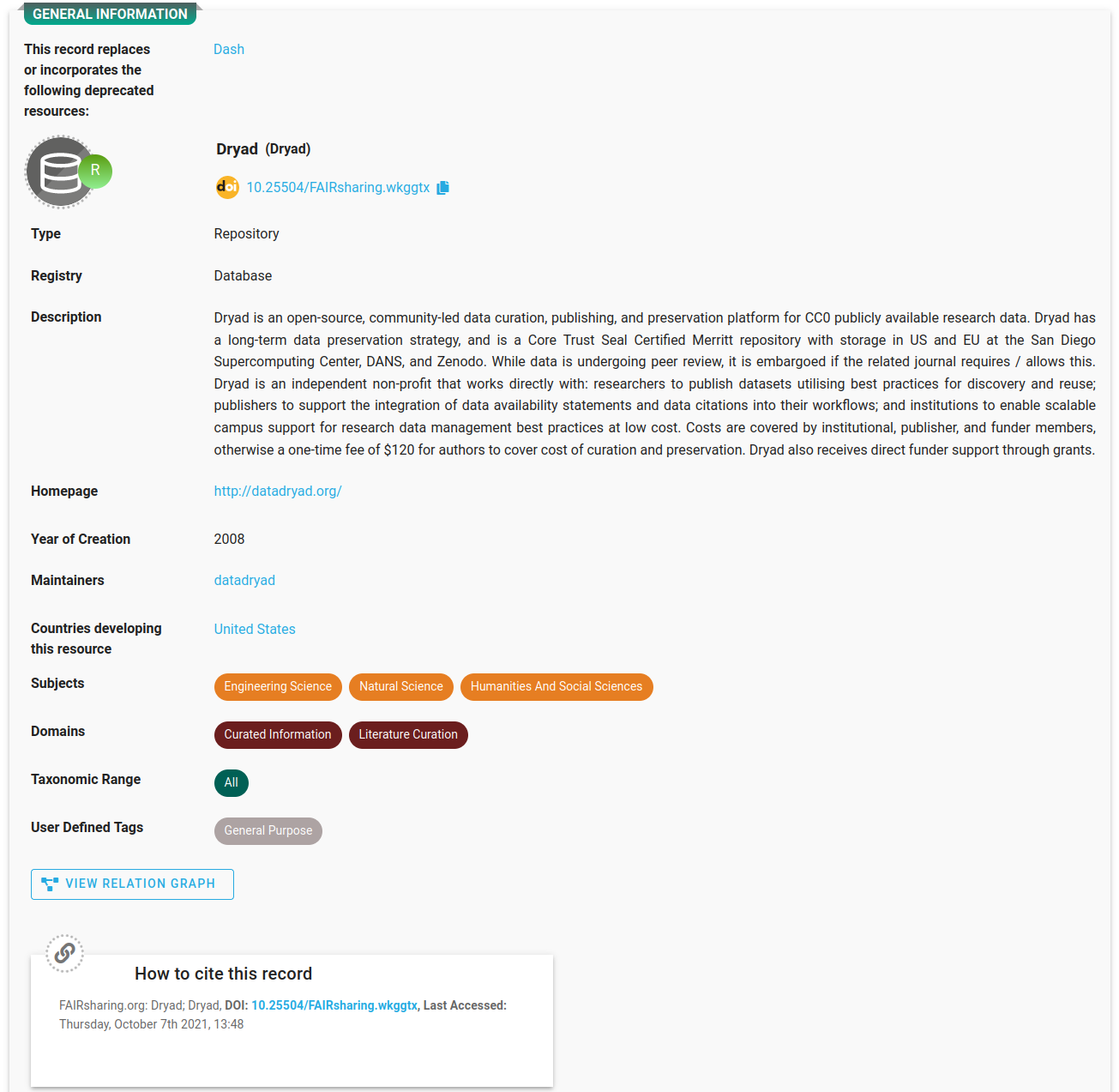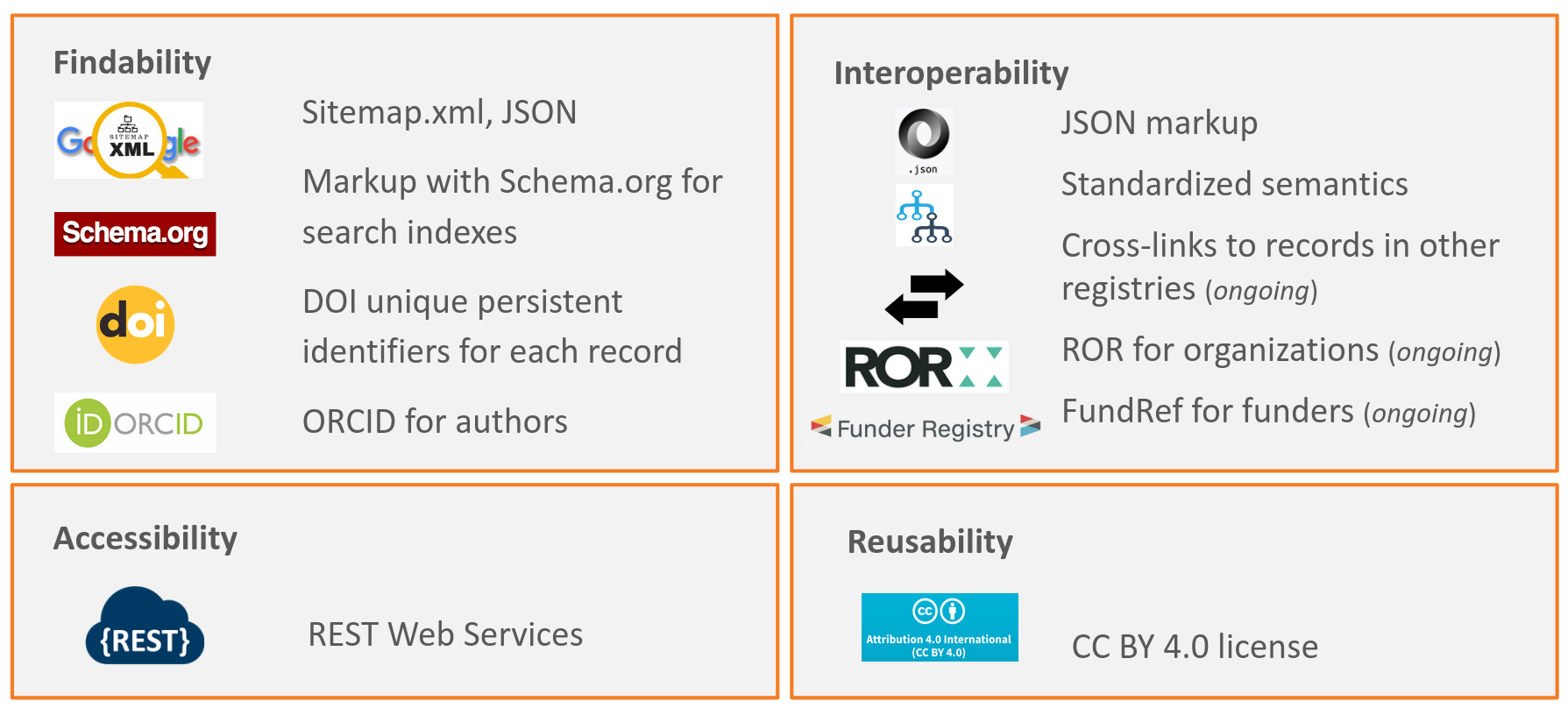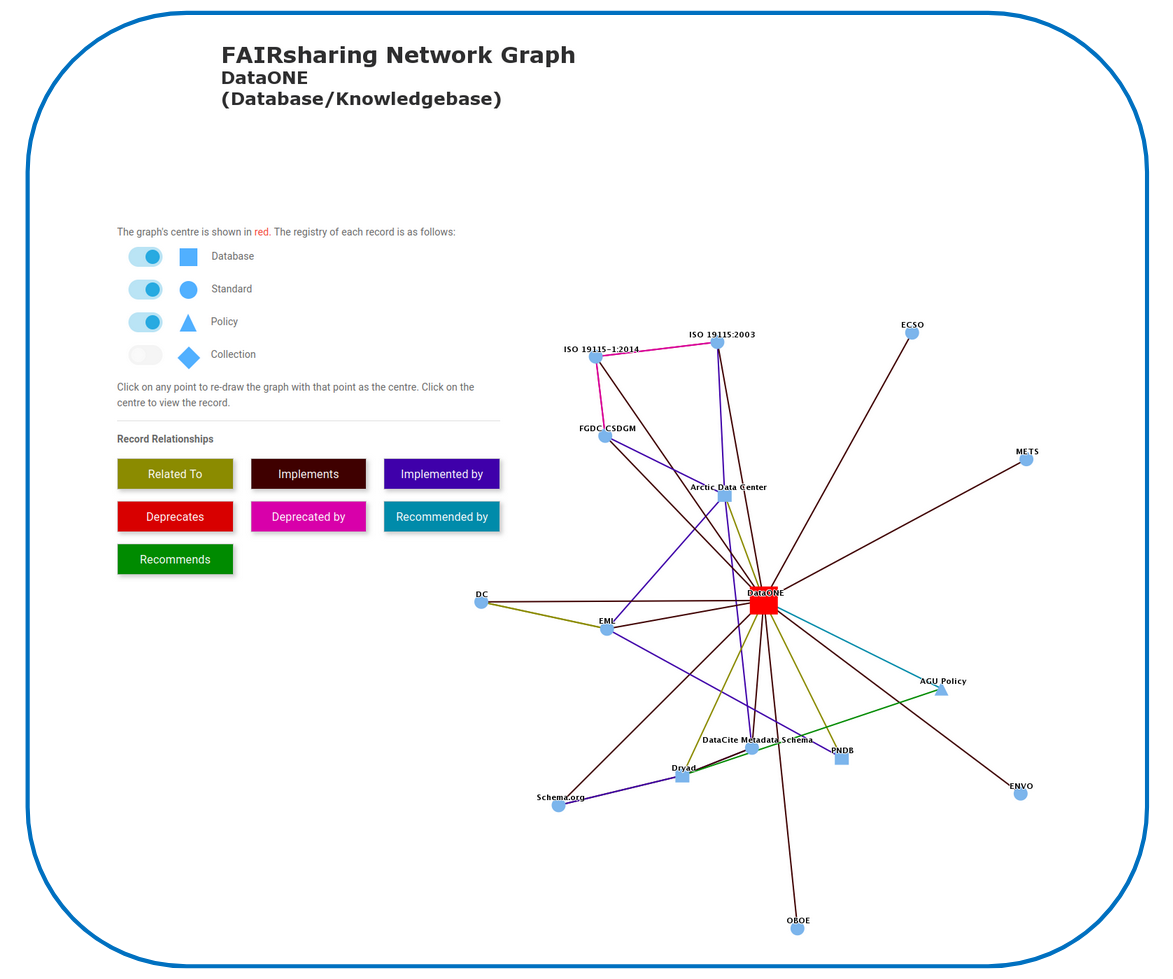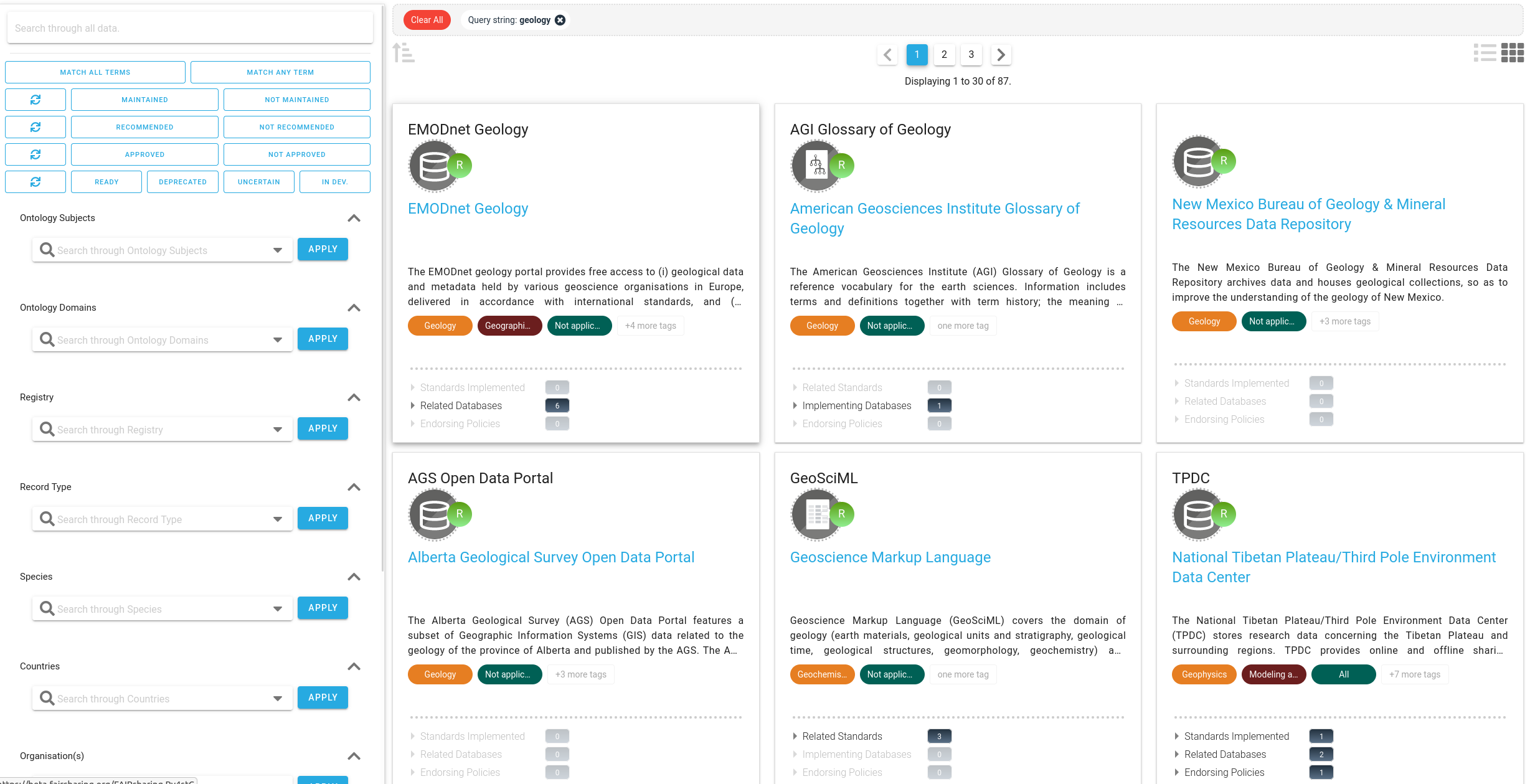Earlier this summer, we switched FAIRsharing to read-only mode. We did this to prepare our content for migration to our brand-new system, which you can find at https://beta.fairsharing.org. We are happy to report that you can now add new content and update existing content as normal. If you notice any bugs with the system, please just get in touch and we’ll get right on it. We also have a beta site FAQ that you might find useful.
A few notes about logging in… Remember, you don’t need to have an account with us to discover and browse all of our content. However, you will need to log in if you wish to update or create records with us. For privacy reasons, we have not transferred your passwords to the new system. We have new third-party authentication methods such as ORCID to make access to FAIRsharing even easier. If you already have an account with us, you will need to choose the “Forgot Your Password?” link and reset your password. If you have any questions about any of this, please visit our new documentation to learn about Getting Started with FAIRsharing.
Once we feel everything is stable with the new site, we will update our URLs and move FAIRsharing from the beta URL to its home at https://fairsharing.org.
In our previous post, we mentioned a few exciting updates. Here’s a bit more information about them!
Search and edit updates
We have a brand-new look for all of our records in FAIRsharing! Here’s an example, using the Dryad repository record.

Please also see our new Search documentation to find out more about the additional features we have implemented to help you find what you’re looking for.
We’ve revamped our edit interface to make it easier than ever to create and update records in FAIRsharing. To find out more, visit our new User documentation to get started!

New data model
Not only do we have a shiny new front end for our community to visit and enjoy, but we also have a brand new data model behind the scenes. We have improved the model to allow for
- better visualisation of the relationships among
- a more flexible way of structuring FAIRsharing content that allows us to add new metadata descriptors to FAIRsharing records more easily and in a way responsive to our community’s needs.
- In addition to this, we have also improved the FAIRness of the FAIRsharing registry through the use of a number of data standards.

We have already used this flexibility to add new metadata fields for describing databases and standards. With regards to databases (both repositories and knowledgebases), new fields include those to describe technologies and the conditions of data access, and the presence of any formal certification and community badges. These and other metadata fields are essential because FAIRsharing is working towards becoming a Data Discovery Service for a number of projects; stay tuned for more information on this in the next few months! In the near future we also plan to improve how we describe policies in collaboration with RDA groups such as the RDA FAIRsharing Registry WG, the Funder IG and the Policy Standardisation IG.
Relationship graphs for all!
Our legacy site offered graphs for all FAIRsharing collections – you can now view graphs for every record in FAIRsharing – try clicking on a node and traversing the graph to visit related standards, databases, policies, and collections! You can also see a variety of coloured edges; FAIRsharing now has different relationship types to choose from so that you can describe how you collaborate with other resources more precisely.

A brand-new API
We have a new API for accessing FAIRsharing content; you’ll need an account with us in order to access it. Full details are available at our API and licence page.
Keep an eye on FAIRsharing as we have lots of exciting plans for the near future as well!
